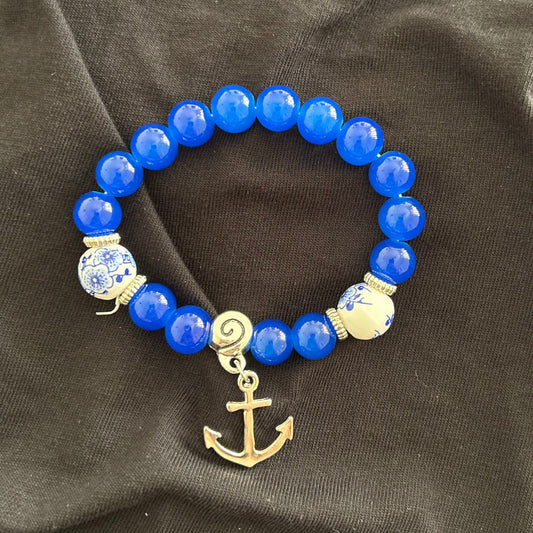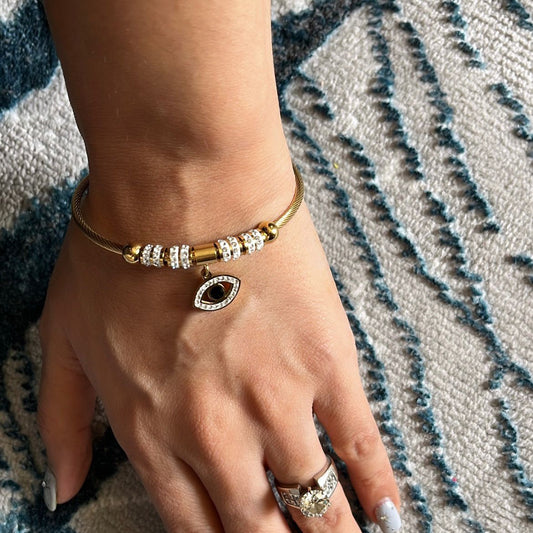Artificial jewelry, also known as costume or fashion jewelry, is typically made using a combination of materials such as plastic, glass, metal, and synthetic stones. In India, the process of making artificial jewelry involves several steps, which include the following:

-
Designing: The first step in the process is to create a design for the jewelry piece. The design may be inspired by traditional jewelry styles, or it may be more modern and contemporary.

-
Molding: Once the design is finalized, a mold is created using a material such as silicone. The mold is then used to cast the jewelry piece in the desired material.

-
Casting: In this step, the mold is filled with a mixture of materials, such as plastic, resin, or metal alloys, to create the jewelry piece. The mixture is then allowed to set and harden, taking the shape of the mold.

-
Finishing: Once the jewelry piece has been cast, it is removed from the mold and undergoes a finishing process. This may include sanding or polishing to smooth out any rough edges, and the addition of any synthetic stones or embellishments.

-
Quality control: The final step in the process is a quality control check, during which the jewelry piece is inspected for any defects or imperfections. If the piece passes the quality control check, it is then packaged and ready to be sold.
The process of making artificial jewelry in India is typically done by small-scale workshops and manufacturers, who are able to produce large quantities of jewelry pieces quickly and efficiently. The use of synthetic materials and innovative production methods means that artificial jewelry can be produced at a lower cost than traditional jewelry, making it an affordable option for many people.
Check out our artificial jewellery store - www.jewelleryhat.com










